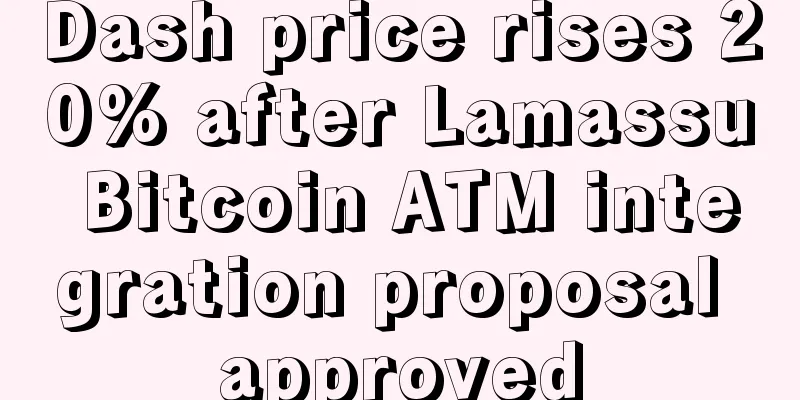Long-awaited Bitcoin Classic client aims to solve transaction scalability issues

|
The Bitcoin Classic team has released the client 1.2 beta on GitHub. This version includes several important updates, one of which is TransFlex, which is said to solve Classic new client solves transaction scalability issueAlthough this new version of the client adds a lot of new features, Classic’s post on GitHub focuses on only two points: Transflex and Xthin blocks . The post was made by Classic developer Tom Zander, who said they would conduct comprehensive testing before officially releasing the client.
Advancing BitcoinThe Classic team believes that the new TransFlex feature can completely solve the problem of transaction scalability and there is no need for Segregated Verification (SegWit) at all. TransFlex can remove the signature after the block transaction is confirmed. After testing, they said that this mode can bring a 75% capacity reduction. If this is true, then the Lightning Network, which aims to solve the Bitcoin block capacity problem, is also expected to become a reality. In addition, Zander reiterated that TransFlex can do what isolated verification cannot do. Zander said TransFlex is a better solution to the problem of transaction scalability because it creates less “technical debt” [1] , which means the system will be more complete. Zander expressed his doubts about Segregated Witness:
The battle over block size expansion continuesIn addition to Transflex, Classic's updates also include ultra-thin blocks. This feature is said to solve the delay problem of Bitcoin block propagation. In simple terms, ultra-thin blocks will only send a small part of the data in the block before rebuilding the block through the node memory pool (mempool), which can reduce the capacity. Over the past two years, the community has been unable to reach a consensus on the block capacity. Currently, the Bitcoin block capacity is 1MB, which greatly limits the number of transactions. The block capacity expansion dispute has also led to the establishment of two major camps. Big block proponents want to achieve on-chain expansion by changing the protocol to increase block capacity, while the other side prefers off-chain or side-chain solutions that do not fork the blockchain. Notes (↵ returns to text)
|
<<: Coinpit takes first step toward trustless Bitcoin futures exchange
>>: OKCoin launches blockchain remittance project OKLink in India
Recommend
What does a mole on the bottom of a baby's foot mean? Is his fate good or bad?
Moles on the soles of the feet also have certain ...
How to tell fortune through palmistry? Analysis of fortune through palmistry
Everyone has his or her own fortune, and the good...
Bitcoin price gains may continue to surprise
Bitcoin price is beginning to show signs of risin...
Men with these facial features have poor morals and are lonely
Some people are particularly good at speaking ski...
Is it OK to have a mole in your hair? What does it mean when a man has a mole in his hair?
In mole physiognomy, moles located in dark places...
Former Mt Gox CEO Mark Karpeles: Haven’t you figured out block size yet?
Mark Karpeles, the former CEO of Mt. Gox, who was...
Women with thin eyebrows can improve their luck by placing these ornaments in the entrance
When you open the door, you see the entrance hall...
What does it mean when the life palace is Li?
The Palace of Life is one of the twelve palaces a...
Coin Zone Trends: Bitcoin Price Trends Based on Big Data This Week (2017-06-02)
The price of the currency is blocked and then bre...
The facial features closely related to fertility
The facial features closely related to fertility ...
Polkadot announces Kusama is “finally ready to launch parachains”
Kusama, the sister chain of the Polkadot platform...
Bitmain completes employee stock option contract signing, and is getting closer to listing in the United States
Interface News reporters exclusively learned from...
Is a woman with a high nose bridge lucky? What does a woman with a high nose bridge mean?
Women with high nose bridges have high social sta...
What important information did the XRP brief victory judgment reveal?
In December 2020, Ripple was sued by the US SEC. ...
What does it look like to watch the news every day?
Sometimes, it is reasonable to know some knowledg...









